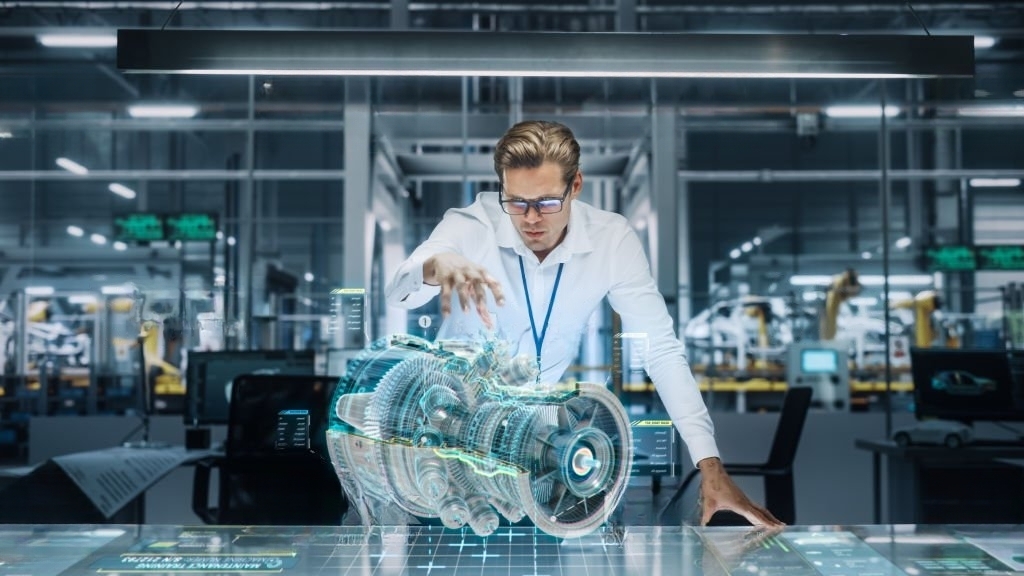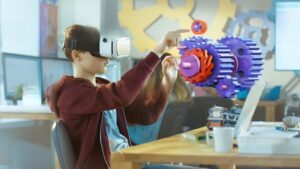3D animation in virtual reality (VR) can be utilized in the automobile industry to enhance various aspects of design, manufacturing, marketing, and training. Here’s how it works:
- Design and Visualization: 3D animation allows designers to create virtual models of automobiles with realistic details and visualizations. Using computer-aided design (CAD) software, designers can create 3D models of vehicles, interior layouts, and external features. These virtual models can be explored and analyzed in VR, providing a more immersive and accurate representation of the final product.
- Virtual Prototyping: Instead of physically building multiple prototypes, VR can simulate the experience of interacting with a vehicle in a virtual environment. Engineers and designers can examine and evaluate different design options, test functionalities, and identify potential issues or improvements. This virtual prototyping process saves time and costs associated with physical prototypes.
- Marketing and Showroom Experience: VR can be used to create interactive and immersive experiences for marketing and showcasing automobiles. Potential customers can explore virtual showrooms, view different vehicle configurations, and interact with detailed 3D models. VR can simulate driving experiences, allowing customers to virtually test drive a vehicle and experience its features and performance.
- Training and Simulations: VR can be used for training purposes in the automotive industry. For example, technicians and mechanics can receive virtual training on vehicle maintenance and repairs. VR simulations can simulate real-life scenarios and guide users through step-by-step procedures, enhancing training effectiveness and safety.
- Safety and Simulation Testing: Virtual reality can simulate real-world driving scenarios to test vehicle safety and performance. By creating virtual environments and scenarios, automotive manufacturers can evaluate how vehicles respond to different road conditions, potential hazards, and driver reactions. This helps in optimizing safety features and improving overall vehicle performance.
- User Experience Design: VR allows automakers to design and evaluate the user experience (UX) of their vehicles. By creating virtual simulations, designers can assess the placement and functionality of controls, test the visibility of instrument panels, and gather user feedback on the ergonomics and overall user experience of the vehicle’s interior.
By leveraging 3D animation in virtual reality, the automobile industry can benefit from enhanced design visualization, efficient prototyping, immersive marketing experiences, effective training simulations, safety testing, and improved user experience design. These applications contribute to streamlining the development process, enhancing customer engagement, and ultimately improving the quality and innovation of automotive products.










